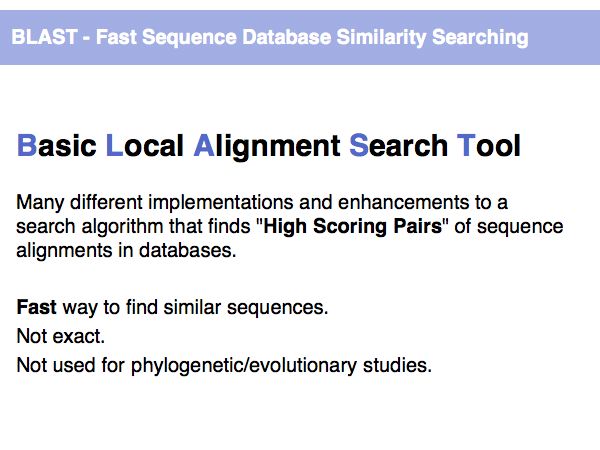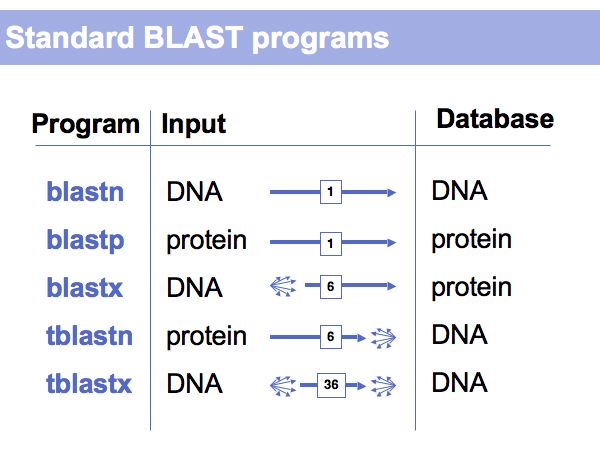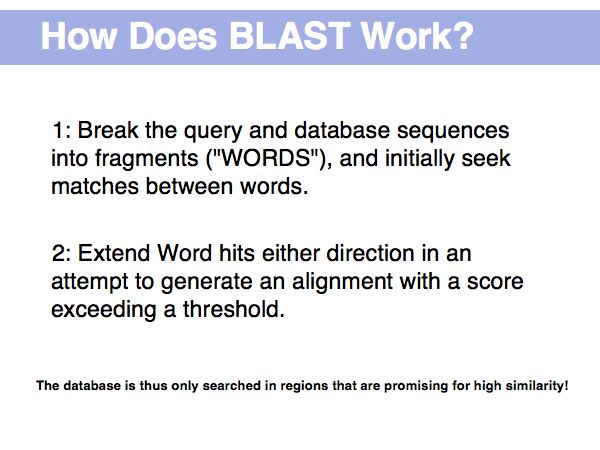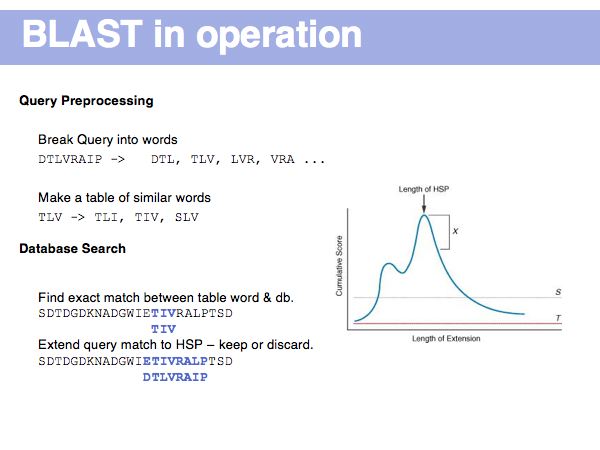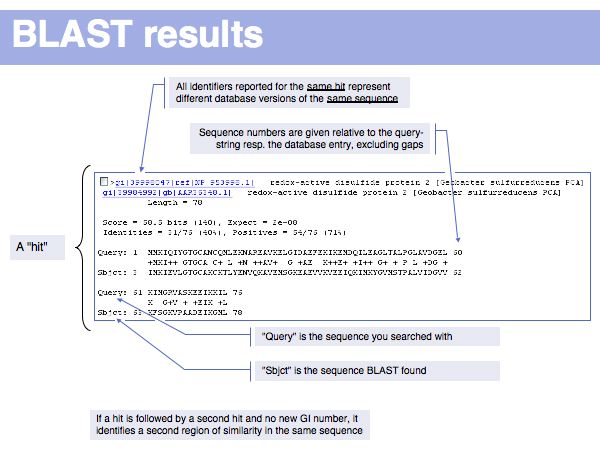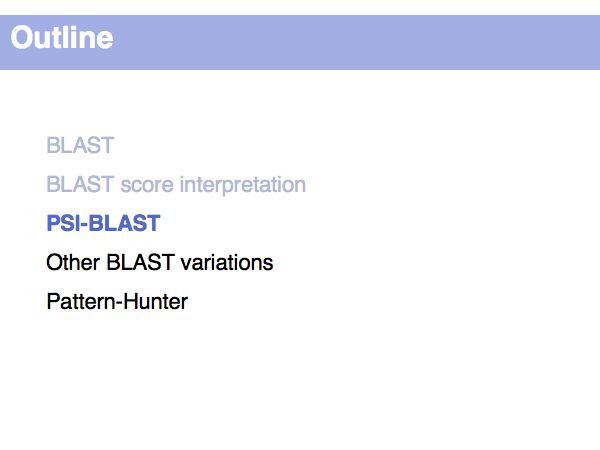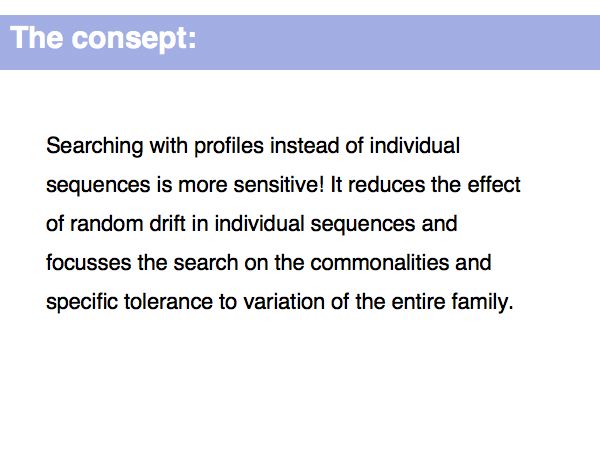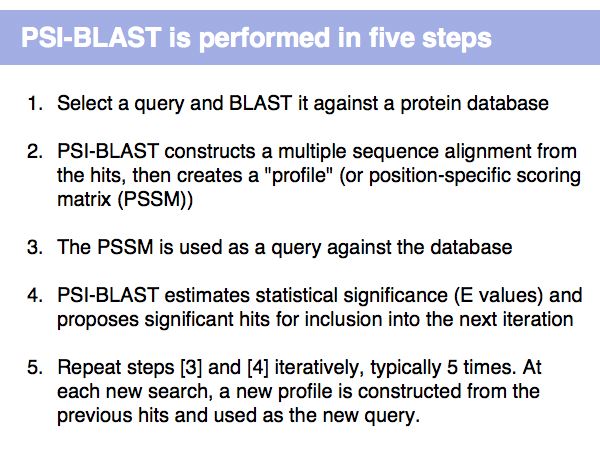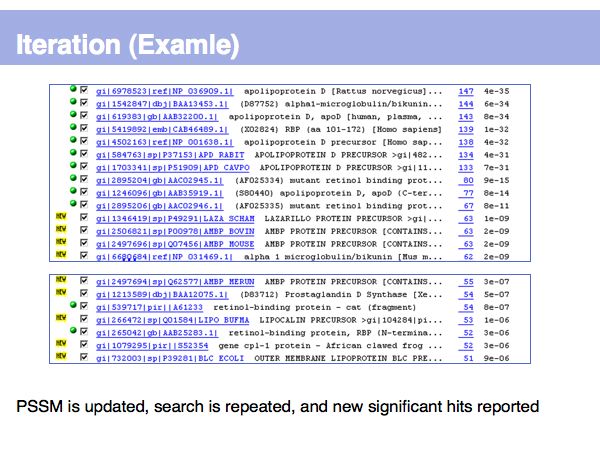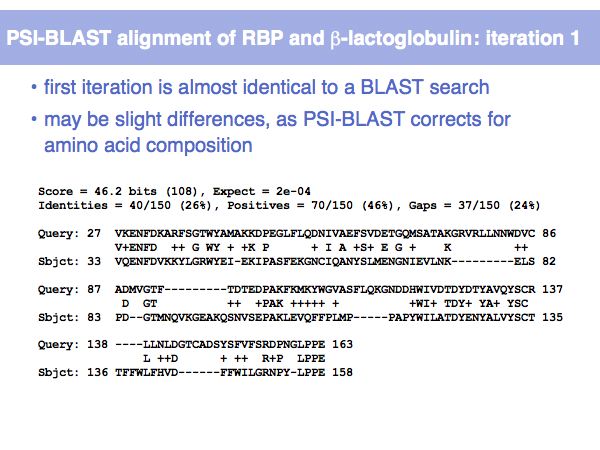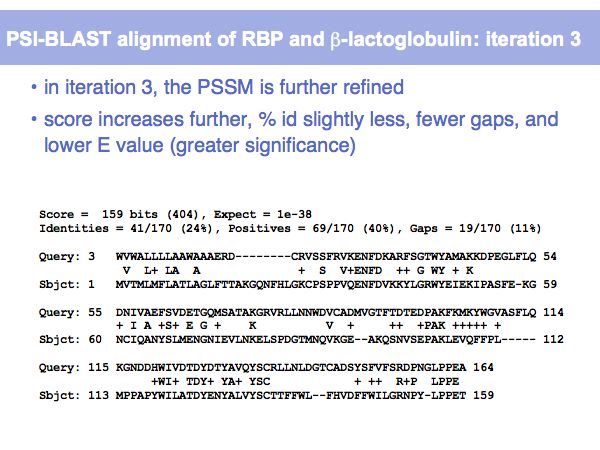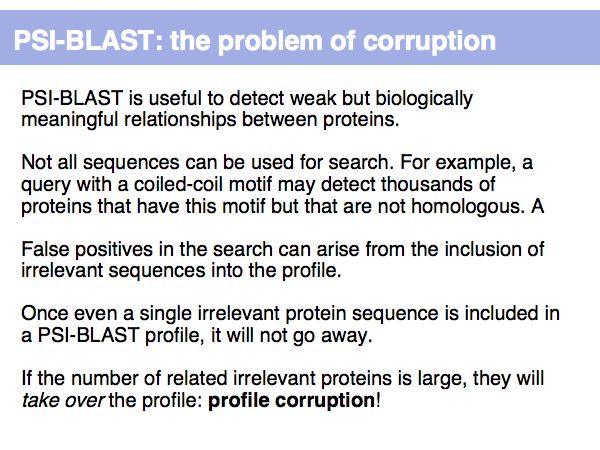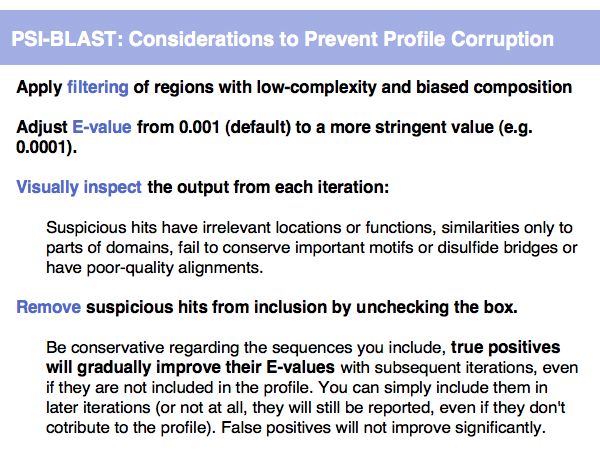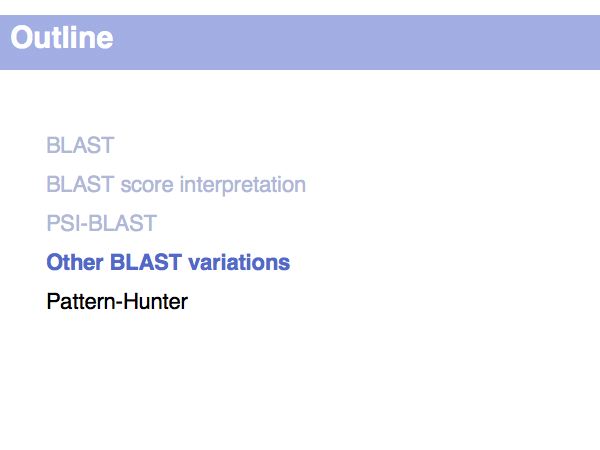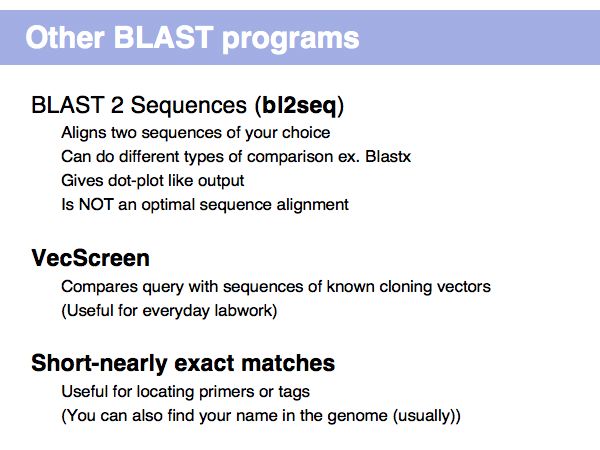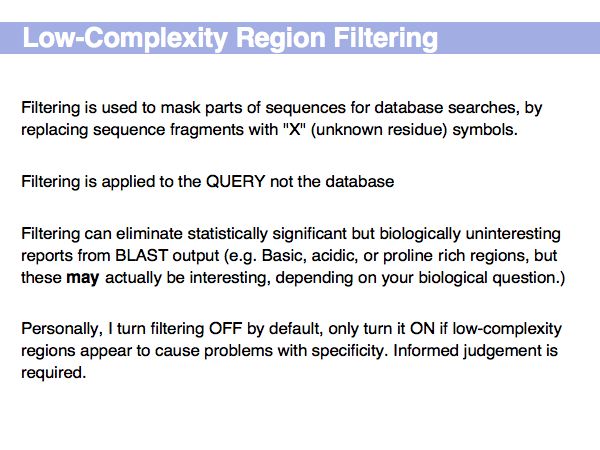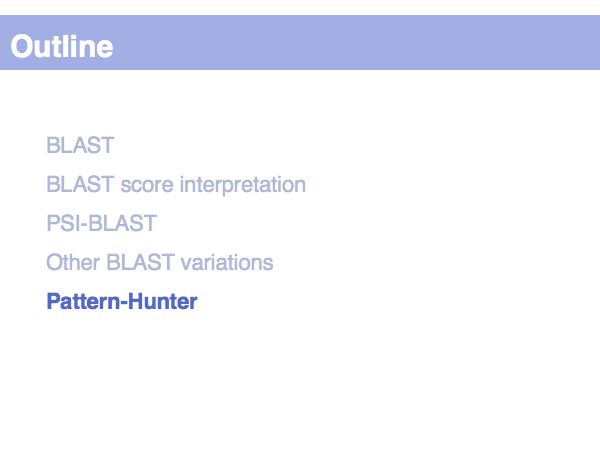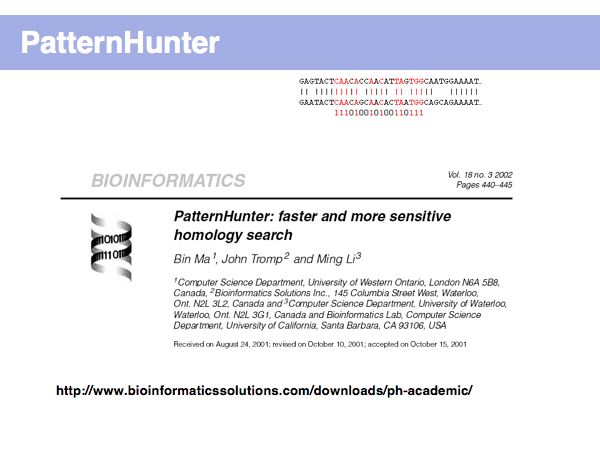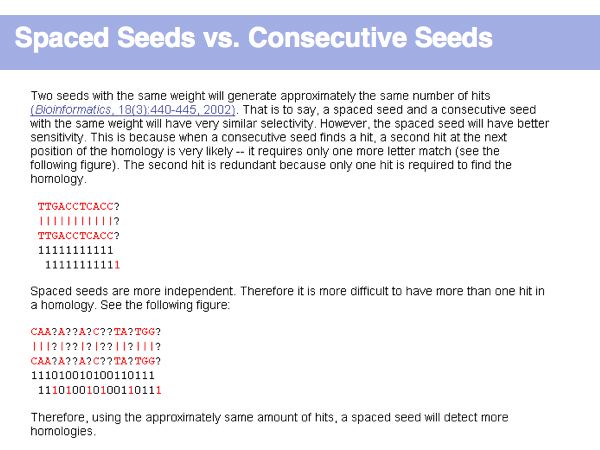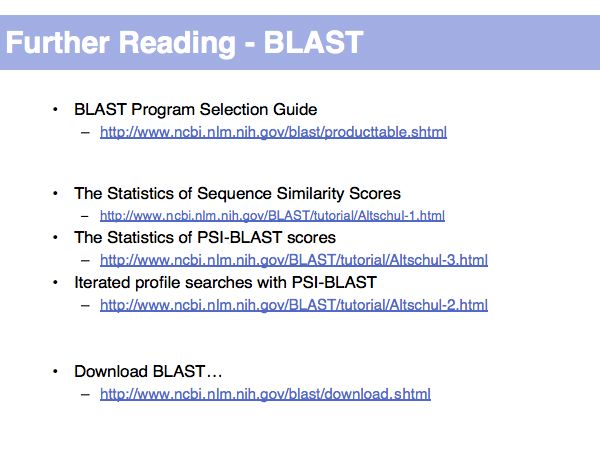Difference between revisions of "Lecture 16"
Jump to navigation
Jump to search
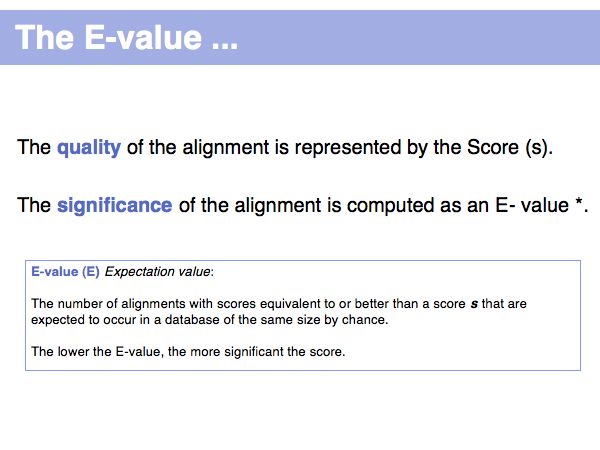
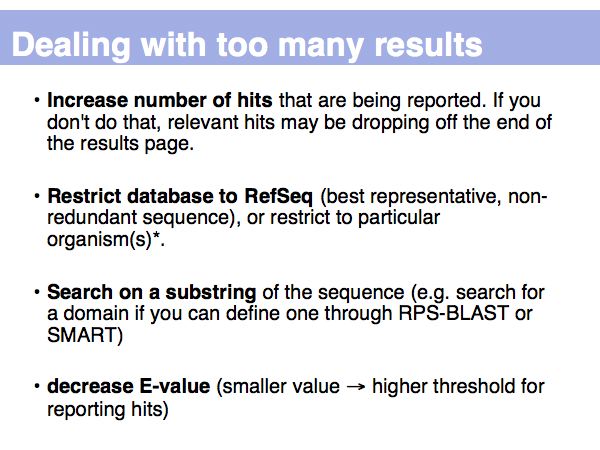
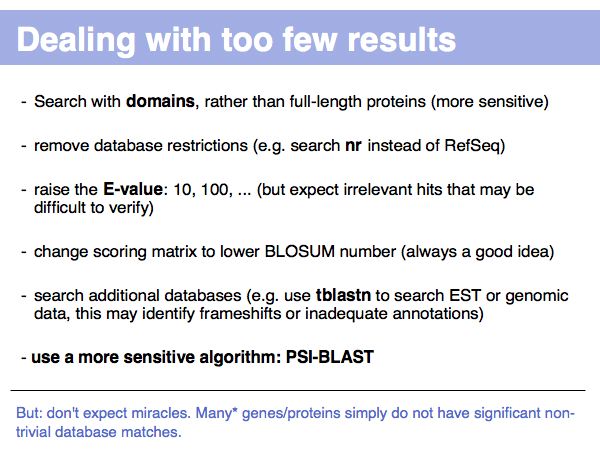
| (4 intermediate revisions by the same user not shown) | |||
| Line 1: | Line 1: | ||
| + | <div style="padding: 5px; background: #FF4560; border:solid 2px #000000;"> | ||
| + | '''Update Warning!''' | ||
| + | This page has not been revised yet for the 2007 Fall term. Some of the slides may be reused, but please consider the page as a whole out of date as long as this warning appears here. | ||
| + | </div> | ||
| + | | ||
| + | |||
| + | | ||
| + | |||
| + | |||
__NOTOC__ | __NOTOC__ | ||
<small>[[Lecture_15|(Previous lecture)]] ... [[Lecture_17|(Next lecture)]]</small> | <small>[[Lecture_15|(Previous lecture)]] ... [[Lecture_17|(Next lecture)]]</small> | ||
| Line 57: | Line 66: | ||
======Slide 011====== | ======Slide 011====== | ||
[[Image:L16_s011.jpg|frame|none|Lecture 16, Slide 011<br> | [[Image:L16_s011.jpg|frame|none|Lecture 16, Slide 011<br> | ||
| + | (*) Computing E-values is possible for HSPs since the statistcs of gap-less alignments are analytically tractable. Similar conclusions in general cannot be drawn from gapped alignments. Note the E-values are not a statement about the retrieved hit, but a statement about an expected distribution of scores. Or, to rephrase this, a poor e-value does not mean that your hit is not a homologue, but it means that at that score an irrelevant sequence has a a high chance of scoring well due to chance similarities. | ||
| + | ]] | ||
| − | |||
======Slide 012====== | ======Slide 012====== | ||
[[Image:L16_s012.jpg|frame|none|Lecture 16, Slide 012<br> | [[Image:L16_s012.jpg|frame|none|Lecture 16, Slide 012<br> | ||
| + | (*) Note that restricting by organism is not a restriction on the search, but a restriction on the list of results that are being reported. The search takes just as long. Many databases of model-organism genome projects offer BLAST searches on their specific data. These may be faster. | ||
| + | ]] | ||
| − | |||
======Slide 013====== | ======Slide 013====== | ||
[[Image:L16_s013.jpg|frame|none|Lecture 16, Slide 013<br> | [[Image:L16_s013.jpg|frame|none|Lecture 16, Slide 013<br> | ||
| + | (*) How many? That depends. Unknown genes (or "ORFans") may comprise a significant (albeit diminishing) fraction of genomes. See [http://linkinghub.elsevier.com/retrieve/pii/S0969212602009383 Siew&Fischer(2003)] and [http://www.cs.bgu.ac.il/~nomsiew/ORFans/ the ORFan database] | ||
| + | ]] | ||
| − | |||
======Slide 014====== | ======Slide 014====== | ||
[[Image:L16_s014.jpg|frame|none|Lecture 16, Slide 014<br> | [[Image:L16_s014.jpg|frame|none|Lecture 16, Slide 014<br> | ||
Latest revision as of 15:28, 1 September 2007
Update Warning! This page has not been revised yet for the 2007 Fall term. Some of the slides may be reused, but please consider the page as a whole out of date as long as this warning appears here.
(Previous lecture) ... (Next lecture)
Fast Sequence Database Searches (BLAST)
...
Add:
- Summary points
- Exercises
- Further reading
Lecture Slides
Slide 001
Slide 002
Slide 003
Slide 004
Slide 005
Slide 006
Slide 007
Slide 008
Slide 009
Slide 010
Slide 011

Lecture 16, Slide 011
(*) Computing E-values is possible for HSPs since the statistcs of gap-less alignments are analytically tractable. Similar conclusions in general cannot be drawn from gapped alignments. Note the E-values are not a statement about the retrieved hit, but a statement about an expected distribution of scores. Or, to rephrase this, a poor e-value does not mean that your hit is not a homologue, but it means that at that score an irrelevant sequence has a a high chance of scoring well due to chance similarities.
(*) Computing E-values is possible for HSPs since the statistcs of gap-less alignments are analytically tractable. Similar conclusions in general cannot be drawn from gapped alignments. Note the E-values are not a statement about the retrieved hit, but a statement about an expected distribution of scores. Or, to rephrase this, a poor e-value does not mean that your hit is not a homologue, but it means that at that score an irrelevant sequence has a a high chance of scoring well due to chance similarities.
Slide 012

Lecture 16, Slide 012
(*) Note that restricting by organism is not a restriction on the search, but a restriction on the list of results that are being reported. The search takes just as long. Many databases of model-organism genome projects offer BLAST searches on their specific data. These may be faster.
(*) Note that restricting by organism is not a restriction on the search, but a restriction on the list of results that are being reported. The search takes just as long. Many databases of model-organism genome projects offer BLAST searches on their specific data. These may be faster.
Slide 013

Lecture 16, Slide 013
(*) How many? That depends. Unknown genes (or "ORFans") may comprise a significant (albeit diminishing) fraction of genomes. See Siew&Fischer(2003) and the ORFan database
(*) How many? That depends. Unknown genes (or "ORFans") may comprise a significant (albeit diminishing) fraction of genomes. See Siew&Fischer(2003) and the ORFan database

